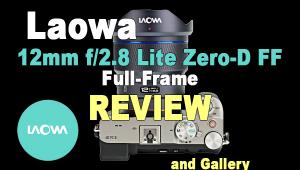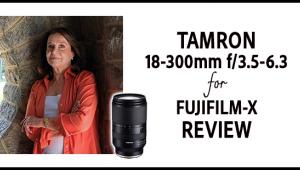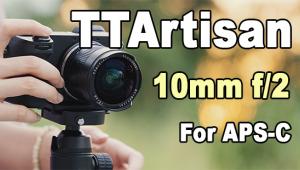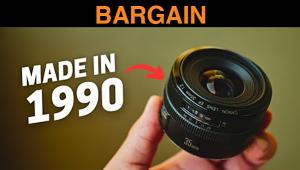Gear Advice: The 5 Best Zoom Lenses for Portrait Photography
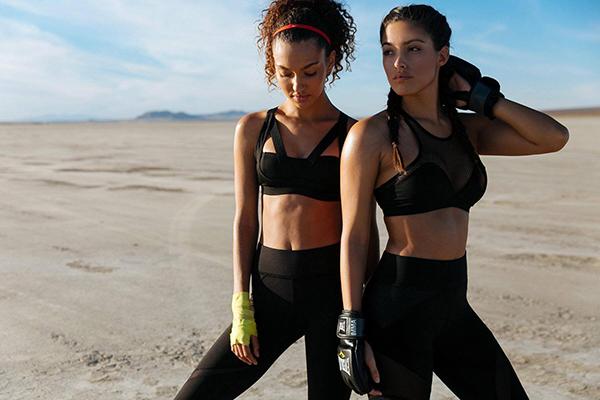
(Editor’s note: Recommendations in this story are based on data and experiences the author has had while working as a photographer with Lensrentals.com. Lensrentals is the largest online rental provider for photography, videography, and lighting equipment and accessories in the United States.)
When you start discussing portrait photography, most photographers would probably recommend prime lenses. And it makes sense – the wider apertures of good primes allow for a shallower depth of field, which can help you add a painterly element to your photos with ease. However, there is no denying that zoom lenses have far more versatility than prime lenses, and with faster-apertured zoom lenses becoming more and more common in the photography world, I figured it was time to truly give them the spotlight they deserve.
From my experience as a photographer and from info and feedback gained while talking with fellow photographers for this story, here are the five best zoom lenses for portraits.
1. Your Standard 70-200mm F/2.8 Lens

The most obvious choice for a zoom lens that is perfect for portrait photography is the 70-200mm f/2.8, which is made by just about every lens manufacturer on the planet. At f/2.8, the 70-200mm is capable of razor thin depth of field, and the broad range of 70-200mm gives you plenty of flexibility when it comes to focal lengths. In short, if there is one zoom lens that a typical portrait photographer has in their bag, it's this one.
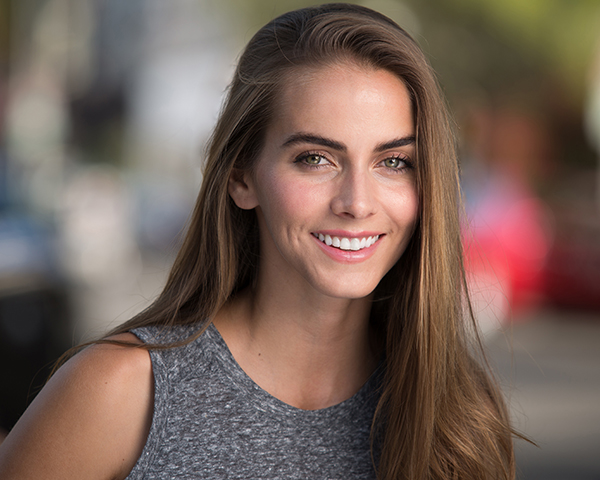
For me, this is my go-to lens when shooting on location, particularly with headshots. At 200mm, the lens is capable of some incredible compression on the background, and the longer focal length is only going to make features more flattering, with its lack of distortion that you'd find in shorter focal lengths.
Recommendations
Canon - Canon 70-200mm f/2.8L IS II
Nikon - Nikon 70-200mm f/2.8G AF-S VR II
Sony - Sony FE 70-200mm f/2.8 GM OSS
Third Party - Tamron 70-200mm f/2.8 SP Di VC USD G2
2. Your Standard 24-70mm F/2.8 Lens

Second on the list is likely the second most common lens found in photographers’ camera bags – the 24-70mm f/2.8. With its sweet spot focal range, the 24-70mm might be the most versatile lens available for photographers who shoot a large variety of things. At 24mm, you have a great wide angle lens that works well for events; and at 70mm, you have a great portrait focal length that is still able to maintain a shallow depth of field wide open.
See photographer Katie Moore's shots at the top of this story and below as examples of the 24-70mm f/2.8's versatility.

But perhaps what makes this focal length the obvious choice for this type of list is the large variety of lens options available. Not only do all of the major manufacturers make this lens, most third party lens companies do as well. With a focal range that has been around for as long as I can remember, it's obvious as to why this is one of the most purchased lenses not just by portrait specialists, but by photographers of all stripes.
Recommendations
Canon - Canon 24-70mm f/2.8L II
Nikon - Nikon 24-70mm f/2.8E ED AF-S VR
Sony – Sony FE 24-70mm f/2.8 GM
Third Party - Tamron SP 24-70mm f/2.8 Di VC
3. Your (Not So Standard) 28-300mm F/3.5-5.6 Lens

I say "not so standard" with this one because a lens like this just frankly shouldn't exist. 28-300mm is an incredibly broad focal length, so one couldn't expect this lens to perform that well, but it does. While the lack of a fixed aperture might be a turn-off for some (at 28mm it's max aperture is f/3.5; at 300mm, it's f/5.6), it's hard to argue that this focal length doesn’t create the most versatile lens on the market for photographers.
And despite it being a weird focal range on paper, you're left with a few different optics options. Both Canon and Nikon have a variant of this lens, and Tamron has one as well (albeit, slightly slower) for those photographers looking to save a little coin.
While it's obvious that a lens like this isn't going to do 28mm or 300mm better than the competition, the ability to have an all-in-one solution to just about everything you can throw at it, makes the 28-300mm lens an excellent choice for the photographer who does a broad range of work.
Recommendations
Canon - Canon 28-300mm f/3.5-5.6L IS
Nikon - Nikon 28-300mm f/3.5-5.6G ED AF-S VR
Third Party - Tamron 28-300mm f/3.5-6.3 Di VC PZD
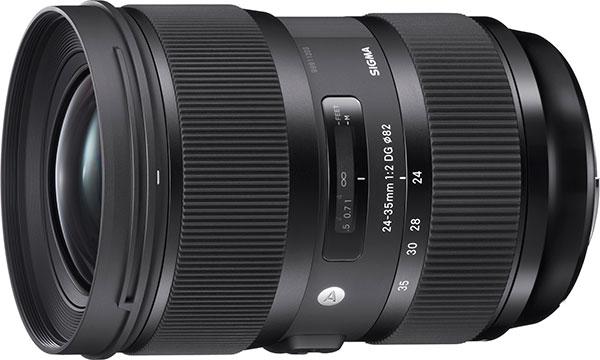
When approaching this gear advice column, one of the goals was to provide enough diversity of lenses to give the readers a broad range of options. With camera manufacturers such as Fuji, Sony and Pentax growing in the photo market, it's not fair to only refer to Canon or Nikon as the available brands for zoom lenses. However, with the 24-35mm f/2 Art lens, Sigma created something one of a kind, and it deserves its own spotlight and is a fantastic zoom lens for portraits.
The Sigma 24-35mm f/2 Art Series has a lot going for it. For one, at f/2, it's the fastest zoom lens ever developed (for full frame camera sensors). And while it's focal range is pretty short in comparison to most lenses, it is a lens that quickly kills two birds with one stone. Both 24mm and 35mm are common focal lengths in photography, and the Sigma 24-35mm successfully combines the two, while maintaining a great f-stop to give you that depth of field.
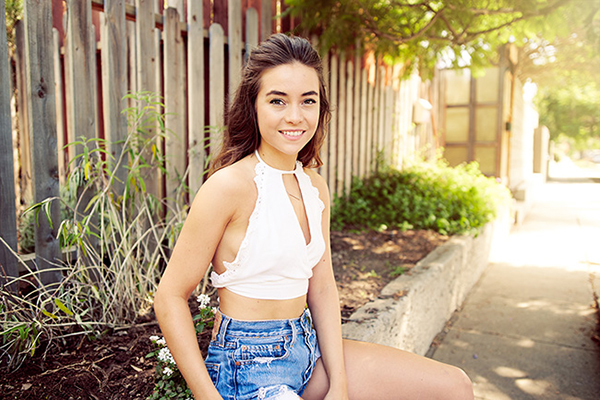
But the convenience of this lens isn't all that it has going for it. It's also incredibly sharp and well constructed. And perhaps that is why I love this lens so much. As a photographer who usually prefers prime lenses for their wider apertures, I don't feel like I'm missing out on anything with the Sigma 24-35mm f/2 Art lens. More than anything, the Sigma 24-35mm f/2 Art is designed to blend two commonly found prime lenses into one, while minimizing the sacrifice.
5. Sigma 120-300 F/2.8 Sports Lens

When putting this list together, I also asked fellow photographers for their advice on some of their hidden gems for zoom lenses. My good friend and Canadian pet photographer Darcy Evans recommended this Sigma 120-300mm lens to me, which I had previously not heard of.
Don't let the name fool you – Sports is only a branding identity for Sigma, and this lens is fantastic for capturing portraits as well. As you may know, the longer the focal length, the more compression the lens does to the background, turning the little details into bright shapes of color (especially when shooting at shallower depths of field).

So as you can imagine, 300mm at f/2.8 would supply some pretty incredible bokeh and depth of field when used correctly. Additionally, the longer focal length – though spacing you further from your subject – allows for better representation of your model, completely removing barrel distortion from the equation.
These are just a few examples of zoom lenses to give a try on your next portrait photography project. Like all things photo-related, people have their preferences and experiences with the seemingly unlimited lens options available out there.
Do you have a zoom lens that you think we missed? If so, be sure to provide your insight in the comments below!
